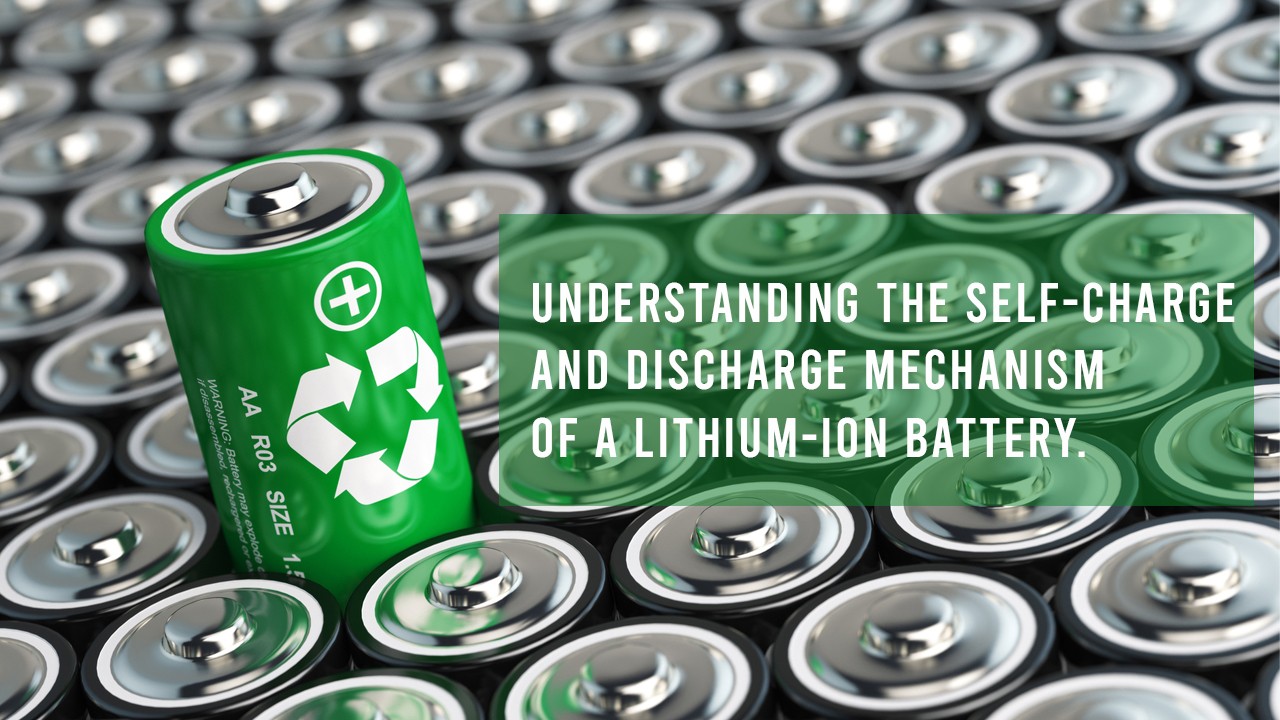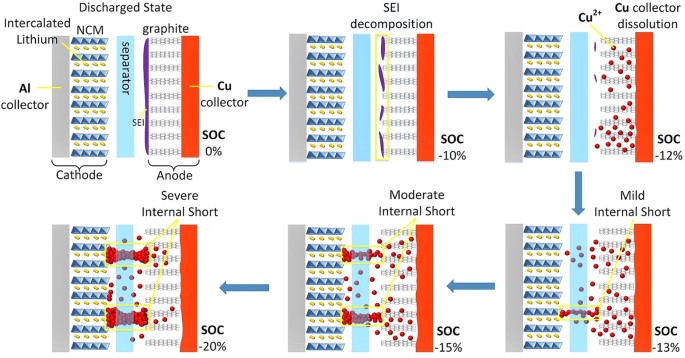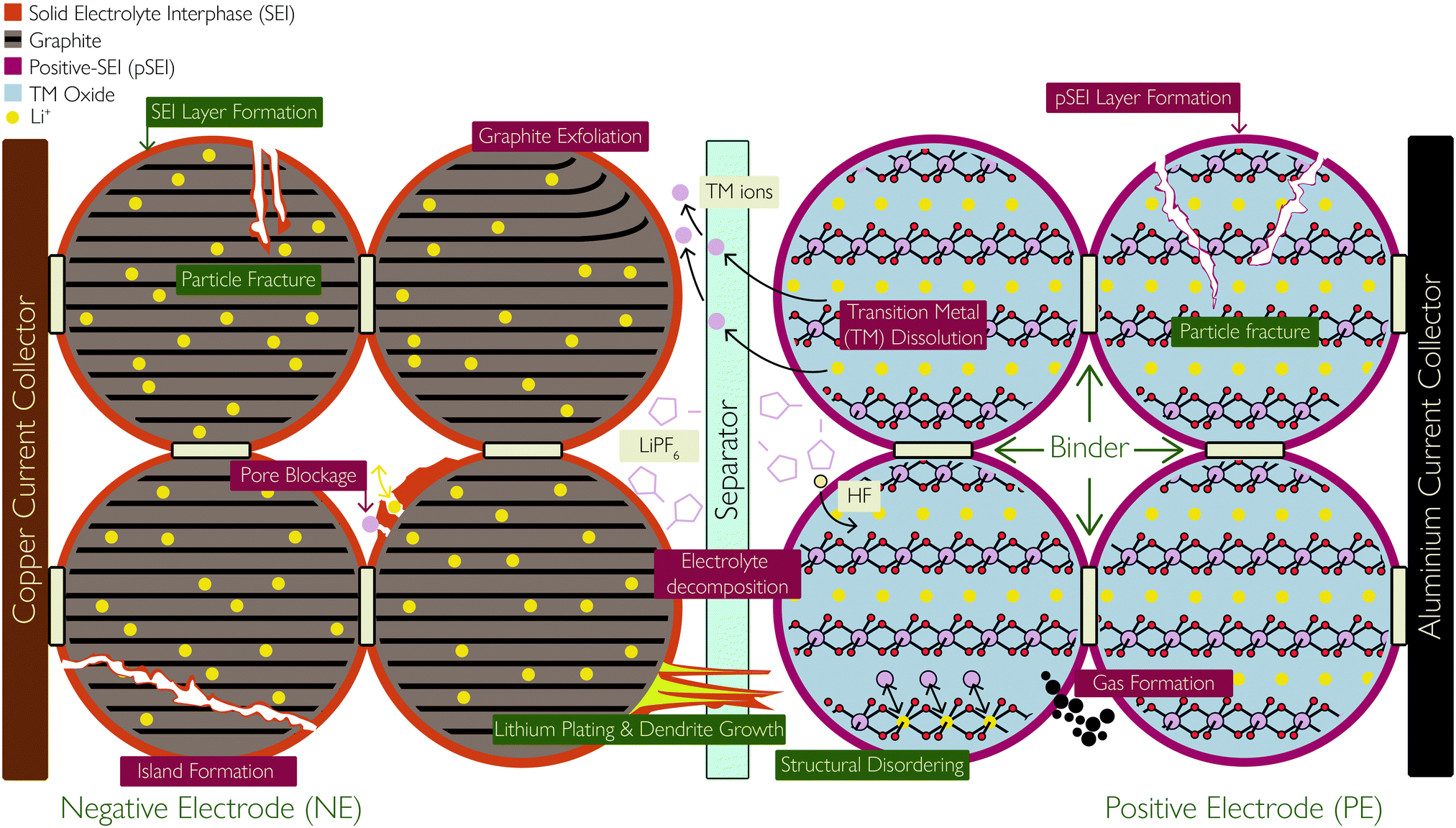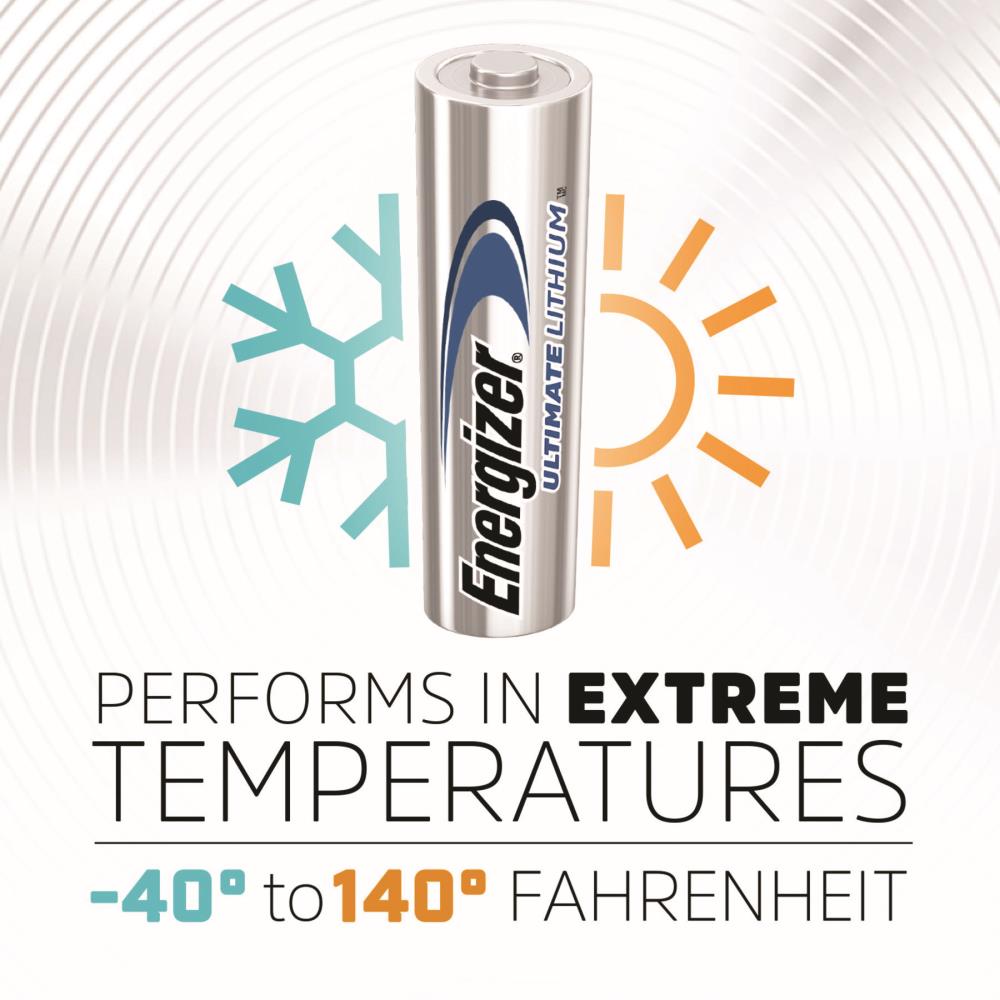Understanding the Self-charge and discharge mechanism of a lithium-ion battery
4.5 (94) · € 24.50 · En Stock

Lithium-ion batteries are rechargeable batteries that use lithium ions to store energy. They are known for having a low self-discharge rate compared to other rechargeable batteries, typically losing only about 5% of their monthly charge.
Lithium battery charge and discharge theory and design of electric

Discharge Mechanism of Lithium-ion Battery Lithium ion batteries

Mechanism of the entire overdischarge process and overdischarge

Lithium ion battery degradation: what you need to know - Physical

Discharge and Charge Process of a Conventional Lithium-Ion Battery

Insight into the self-discharge suppression of electrochemical

Emerging Atomic Layer Deposition for the Development of High

Comprehensive Review on Concept and Recycling Evolution of Lithium

Critical Tips for Lithium Battery Charging and Discharging

Schematic diagram of the charge-discharge process of a Li-ion cell

Investigation of Voltage Range and Self‐Discharge in Aqueous Zinc






